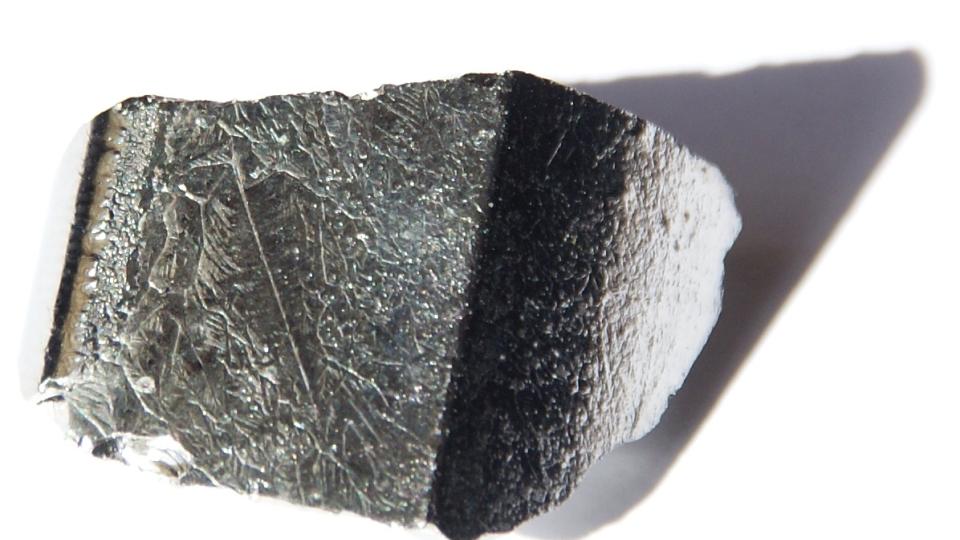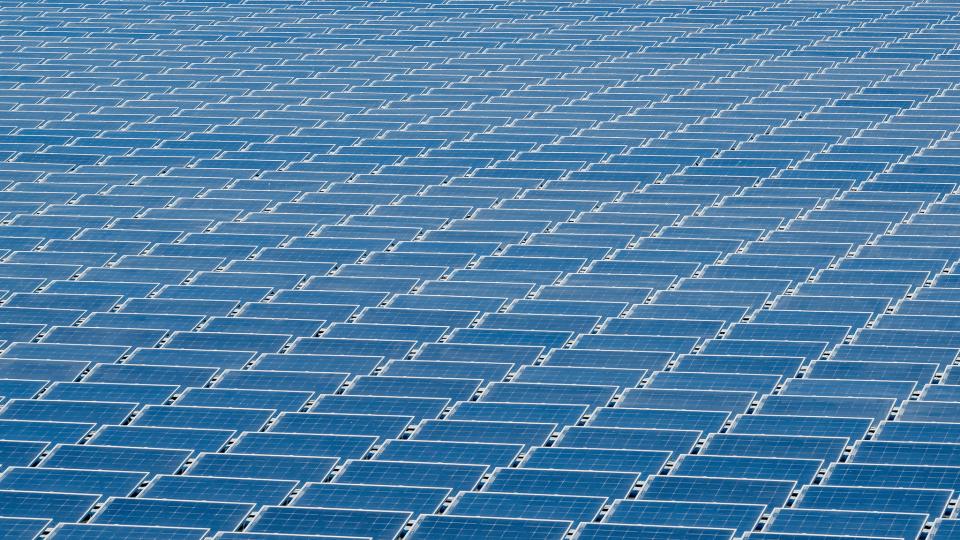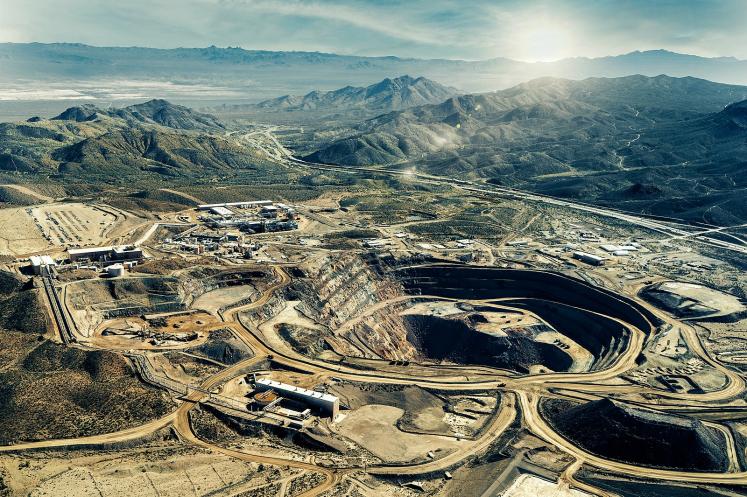There’s a chance Donald Trump’s second term as US president could have a long-term negative impact on the demand for and supply of what are known as critical minerals. These include copper, lithium, nickel, cobalt and the “rare earth elements”, such as lanthanum and yttrium.
They are vital for the green energy transition, being used in electric car batteries, solar panels and wind turbines. Trump’s decision to pull out of the UN’s Paris agreement to control global warming has led to some pessimistic perspectives on this policy’s impacts.
If Trump’s move towards oil and gas is interpreted by the markets as permanent, the price incentive for new mining projects for critical minerals will fall, along with long-term supply. This could potentially threaten the green energy transition.
However, there are reasons to doubt this pessimistic scenario. Contrary to this, we believe that the new US administration policy is just a temporary shock without a significant change to the world’s energy transition trajectory. Therefore, critical mineral markets will remain buoyant in the medium and long term. This position is based on three main arguments.
1. The US holds a competitive position in critical mineral markets
There’s a generalised perception that the US depends on importing critical minerals from other countries, such as China. This is true for a handful, but, overall, America is one of the most competitive countries in producing the minerals needed for green technology.
Indeed, the US has a revealed comparative advantage in exporting a wide variety of minerals and, among them, the most critical ones.

Therefore, it will be in the US’s interests to keep the lucrative critical mineral markets dynamic. Even if the US reduces its sustainability ambitions, slowing its demand for new clean technologies, it is likely to do it carefully, so as not to harm its own industries.
Indeed, we expect the US to increase its interest in developing processing industries to recover some minerals from electronic waste or intermediate stages in some manufacturing processes. These include germanium and gallium, which are tightly controlled by China (their biggest producer) but which are vital for computer chips and renewable energy technology, as well as night-vision goggles.
2. The US produces and uses only a small share of clean technologies
China and Europe drive these markets. The US does not drive either the demand or the supply for new clean technologies. On the demand side, the US only represents 10% of world electric car sales, while China and Europe account for 66% and 20% of the market respectively.

Similarly, for the world installed solar energy capacity, China represents over 43% of the market, Europe 20%, and the US only 10%. On the supply side, the US produces around 15% of the world’s electric cars, while China represents more than 50% of the market.
For other clean technologies, statistics are similar with a remarkable leadership of China in the production of solar panels and wind turbines.
So the policies followed by China and Europe are likely to have a much larger impact on the energy transition than the US’s. In the likely event that these countries continue pushing forward the green transition, the cost of slowing its technological catch up for the US will be too high.
Moreover, oil producer countries of the Middle East are heavily betting for new clean technologies, which could offset the lower appetite for green assets from the US. So regardless of what Trump’s administration will decide on this matter, its influence on the market for clean technologies will be limited.
3. New tariffs could further increase some minerals’ criticality
Import tariffs imposed by Trump’s first administration to promote local production damaged US exports of those industries using imported intermediate, or partly finished, goods. In other words, international trade along global value chains has modified the textbook dynamics of protectionism, and exports are hindered – and not fostered – by import protection.
President Trump plans to impose 25% new tariffs on imports from Canada and Mexico. This could increase the criticality of some minerals for the US. For example, nickel and aluminium could become even more critical to the US economy because Canada supplies almost 40% of the nickel employed by US industry, and 70% of the aluminium.
As a consequence, new tariffs could indeed increase the criticality of some minerals. Indeed, this was probably in some way behind the decisions to postpone the tariff increases and to only impose them on selected products.
The energy policies of the new American administration will have ripple effects. But these are likely to be temporary and the market in critical minerals is unlikely to be affected long term. The global transition to clean energy seems safe, for now.
This article is republished from The Conversation under a Creative Commons license. Read the original article.
Suggested citation: Valverde-Carbonell Jorge, Pietrobelli Carlo. "Trump’s Effect on Critical Minerals Could Be Crucial for the Future of Green Energy," United Nations University, UNU-MERIT, 2025-02-19, https://unu.edu/merit/article/trumps-effect-critical-minerals-could-be-crucial-future-green-energy.

